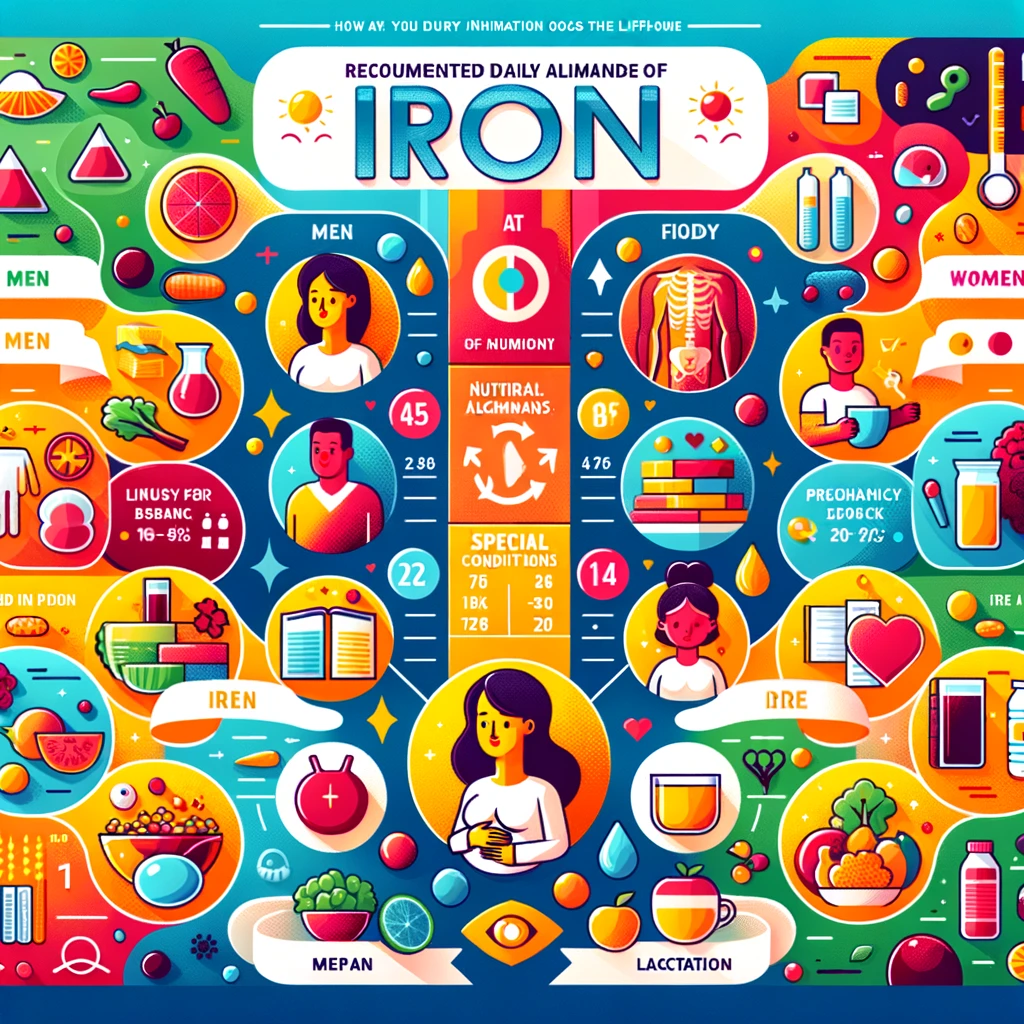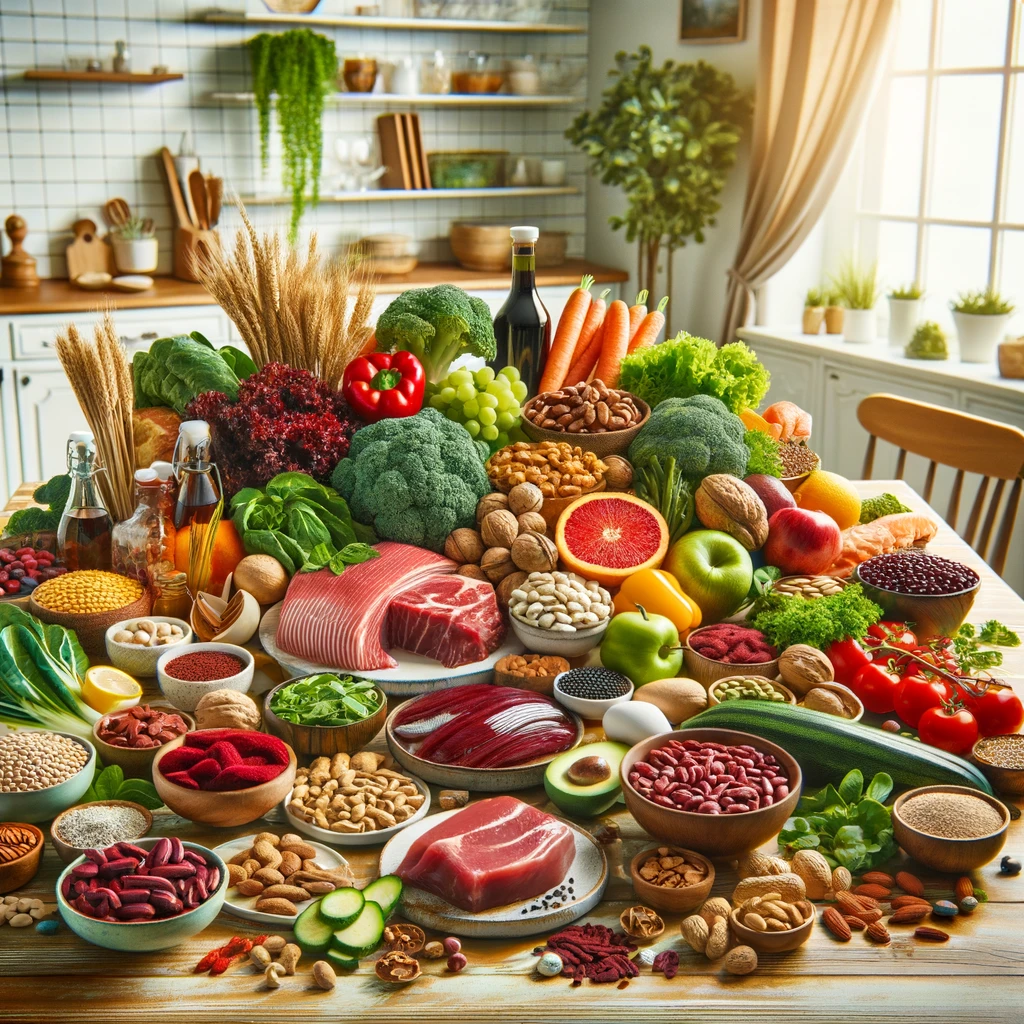
Iron plays a pivotal role in our health, being a crucial component of a well-rounded diet for both children and adults. Understanding the sources of iron, its dietary requirements through various life stages, and its importance cannot be overstated. Whether you’re planning a meal for a growing toddler or considering your own nutritional needs, this guide provides everything you need to know about iron in your diet.
Heme vs. Non-Heme Iron: Know Your Sources
Iron comes in two forms: heme and non-heme. Heme iron, which our bodies absorb more efficiently, is found in animal products like meats and seafood. Non-heme iron, found in plant-based foods like vegetables, grains, and nuts, is equally important. Balancing these sources can help maintain optimal iron levels in your body.
How Much Iron Do You Need?

The National Institutes of Health outlines the recommended daily allowances (RDAs) for iron, which vary by age, gender, and physiological conditions such as pregnancy and lactation:
- Infants (0-6 months): 0.27 mg
- Toddlers to Teens (7 months-18 years): 7-15 mg, varying by age
- Adult Men (19-50 years): 8 mg
- Adult Women (19-50 years): 18 mg, 27 mg during pregnancy, and 9-10 mg during lactation
- Seniors (51 years and older): 8 mg
Women, especially those who are pregnant, require more iron to support the increased demand for oxygen-rich blood needed by the developing fetus. Incorporating vitamin C-rich foods can enhance iron absorption, making this synergy a key factor in planning a nutritious diet.
Iron Deficiency and Overload: Striking the Right Balance
While most adults can meet their iron needs through diet alone, certain groups like infants, young children, teen girls, pregnant women, and premenopausal women may face the risk of iron deficiency. On the flip side, excessive iron intake can lead to symptoms like gastric upset and constipation. This delicate balance underscores the importance of tailored dietary planning and, if necessary, supplementation under medical guidance.
Practical Tips for Managing Iron Intake
- Diversify Your Diet: Incorporate a mix of heme and non-heme iron sources to ensure comprehensive nutritional coverage.
- Enhance Absorption: Combine iron-rich foods with vitamin C sources (like citrus fruits or bell peppers) to improve non-heme iron absorption.
- Monitor and Adjust: Pay attention to your body’s signals and adjust your iron intake as needed, consulting with a healthcare provider before starting any supplement regimen.
Iron’s role in our diet is indispensable, providing the necessary support for our body’s oxygen transport, energy metabolism, and overall growth and development. By understanding and managing our iron intake, we can contribute significantly to our health and well-being.






